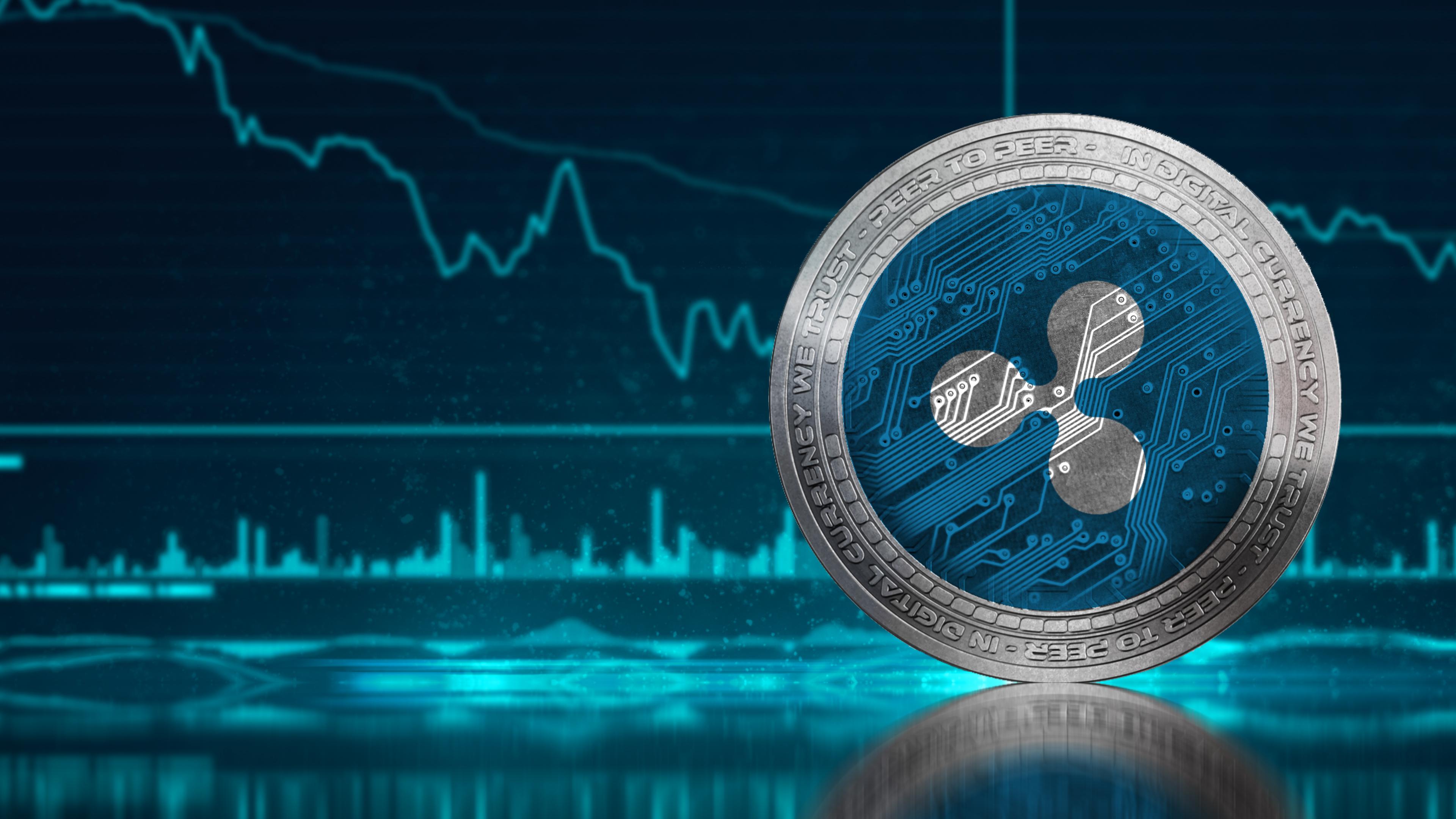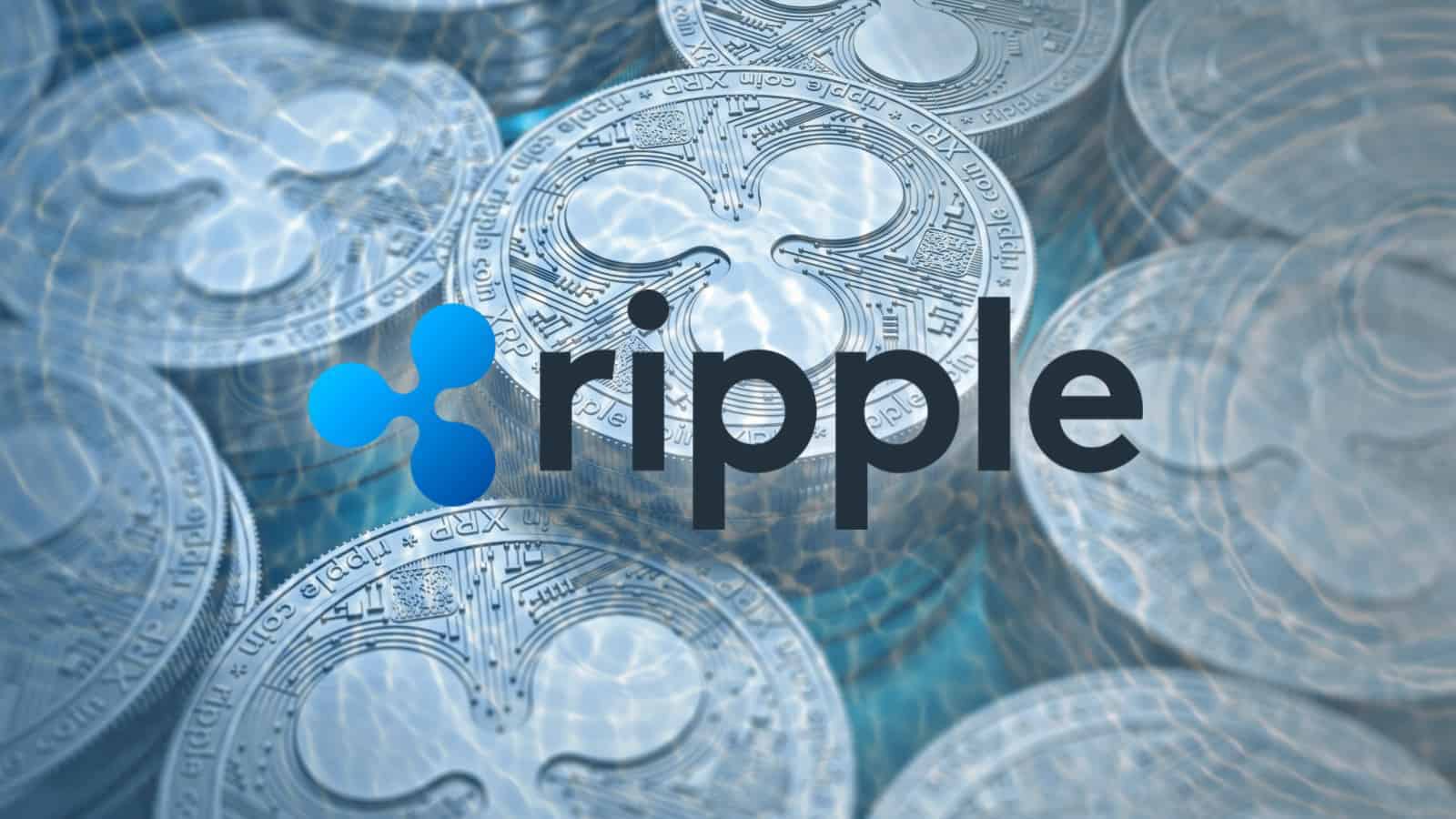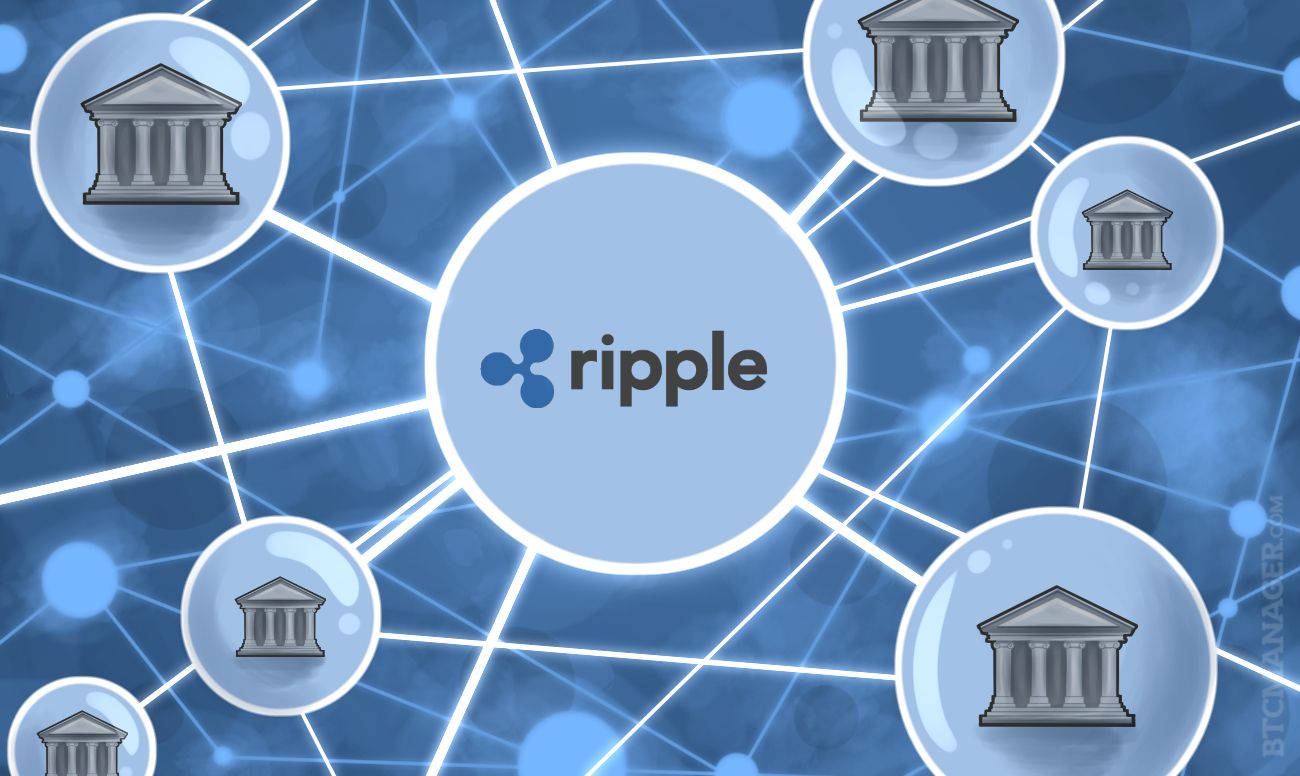Ripple and XRP

Ripple and XRP are two distinct but interconnected entities that have gained significant attention in the cryptocurrency landscape. Ripple, the company, developed XRP, a digital asset, to facilitate cross-border payments.
History of Ripple and XRP
Ripple’s journey began in 2011, when Jed McCaleb and Chris Larsen founded the company under the name “OpenCoin.” The initial vision was to create a decentralized payment network that would streamline international transactions. In 2012, the company introduced XRP, a native digital asset designed to power its network.
Ripple has experienced several key milestones:
- In 2013, Ripple Labs was officially established, with a focus on building a global payment network.
- In 2014, Ripple partnered with several financial institutions, including MoneyGram and Santander, to explore the potential of XRP for cross-border payments.
- In 2017, XRP experienced a surge in popularity and value, becoming one of the top cryptocurrencies by market capitalization.
- In 2018, Ripple continued to expand its partnerships and launched its xRapid product, enabling financial institutions to use XRP for faster and cheaper cross-border payments.
- In 2019, Ripple faced regulatory scrutiny, with the US Securities and Exchange Commission (SEC) launching an investigation into XRP.
- In 2020, Ripple launched its xCurrent product, offering a blockchain-based solution for institutional payments without relying on XRP.
Technical Aspects of XRP
XRP utilizes a unique consensus mechanism known as “XRP Ledger Consensus,” which differs from the proof-of-work (PoW) or proof-of-stake (PoS) consensus mechanisms used by other cryptocurrencies.
XRP Ledger Consensus is a federated consensus mechanism that relies on a network of trusted validators, known as “Unique Node Lists” (UNLs), to validate transactions and maintain the integrity of the XRP ledger.
“XRP Ledger Consensus is a fast and efficient consensus mechanism that allows for rapid transaction processing and high throughput.”
This mechanism ensures a high level of security and scalability, enabling XRP to handle a large volume of transactions with low latency.
Use Cases for XRP
XRP is primarily designed to facilitate cross-border payments. Its speed, low cost, and scalability make it an attractive option for financial institutions looking to streamline international transactions.
- Cross-Border Payments: XRP can enable faster and cheaper cross-border payments by eliminating intermediaries and reducing transaction fees. This can benefit both individuals and businesses, allowing them to transfer funds across borders more efficiently.
- Financial Institutions: Banks and other financial institutions can leverage XRP to enhance their payment processing capabilities. XRP’s speed and efficiency can help institutions reduce costs and improve customer service.
- Other Applications: XRP’s versatility extends beyond cross-border payments. It can also be used for other applications, such as micropayments, remittances, and asset tokenization.
Ripple’s Business Model and Ecosystem: Ripple Xrp

Ripple is a global financial technology company that aims to revolutionize the way money moves around the world. It achieves this by providing a suite of products and services that streamline cross-border payments, making them faster, cheaper, and more transparent.
Ripple’s Business Model
Ripple’s business model revolves around facilitating seamless and efficient cross-border payments for financial institutions. It achieves this through a combination of technology, partnerships, and a unique token, XRP. Ripple’s core business model can be broken down into three key components:
- RippleNet: A global network of financial institutions that use Ripple’s technology to send and receive payments. RippleNet offers various solutions tailored to the needs of different financial institutions, such as Ripple Connect for banks and RippleX for fintech companies.
- xRapid: A liquidity solution that enables financial institutions to access liquidity in various currencies using XRP. xRapid eliminates the need for pre-funding accounts in different currencies, reducing costs and speeding up transactions.
- xCurrent: A software solution that enables financial institutions to track and settle cross-border payments in real-time. xCurrent provides a shared infrastructure for banks to communicate and settle payments securely and efficiently.
Ripple’s business model is based on a subscription model, where financial institutions pay a fee to access Ripple’s services. This fee structure incentivizes financial institutions to adopt Ripple’s technology and contribute to the growth of the network.
Role of XRP in Ripple’s Ecosystem, Ripple xrp
XRP plays a crucial role in Ripple’s ecosystem, acting as a bridge currency for cross-border payments. It facilitates the exchange of different currencies on the RippleNet, enabling faster and more cost-effective transactions.
- Liquidity: XRP acts as a liquidity provider, enabling financial institutions to access liquidity in various currencies without the need for pre-funding accounts. This reduces the costs associated with foreign exchange transactions and speeds up the payment process.
- Efficiency: XRP’s fast transaction speed and low transaction fees contribute to the efficiency of RippleNet. XRP transactions can be completed in a few seconds, significantly reducing the time required for cross-border payments.
- Scalability: XRP’s ability to handle a high volume of transactions makes it suitable for large-scale payments. The network can process thousands of transactions per second, ensuring scalability and reliability.
XRP’s role in Ripple’s ecosystem is not limited to facilitating transactions. It also contributes to the network’s security and decentralization. XRP is used to secure the RippleNet through a consensus mechanism, ensuring the integrity and reliability of the network.
Comparison with Other Payment Networks
Ripple’s approach to cross-border payments differs from traditional payment networks, such as SWIFT, in several key aspects.
- Speed: RippleNet offers significantly faster transaction speeds compared to SWIFT, which typically takes 3-5 days for cross-border payments. XRP’s speed and efficiency make it ideal for real-time payments.
- Cost: Ripple’s technology reduces the cost of cross-border payments by eliminating the need for intermediaries and pre-funding accounts. This cost-effectiveness makes Ripple an attractive alternative to traditional payment networks.
- Transparency: RippleNet provides transparency in cross-border payments, allowing financial institutions to track transactions in real-time. This transparency fosters trust and accountability in the payment process.
Ripple’s approach to cross-border payments also differs from other blockchain-based payment networks, such as Bitcoin. Ripple’s focus on financial institutions and its emphasis on speed, cost-effectiveness, and scalability make it a more suitable solution for traditional financial markets.
Potential Impact on the Financial Industry
Ripple’s technology has the potential to revolutionize the financial industry by streamlining cross-border payments, reducing costs, and improving efficiency.
- Increased Financial Inclusion: Ripple’s technology can facilitate access to financial services for individuals and businesses in underserved markets. By reducing the cost and complexity of cross-border payments, Ripple can promote financial inclusion and economic growth.
- Enhanced Efficiency: Ripple’s technology can significantly enhance the efficiency of cross-border payments, reducing the time and cost associated with traditional methods. This can benefit businesses and consumers alike, leading to faster transactions and lower costs.
- Increased Competition: Ripple’s technology can increase competition in the financial industry, challenging traditional players and driving innovation. This competition can lead to lower fees and better services for consumers.
Ripple’s potential impact on the financial industry is significant, with the potential to transform the way money moves around the world. As the adoption of Ripple’s technology grows, it is likely to have a profound impact on the global financial landscape.
XRP’s Market Dynamics and Future Prospects

XRP, the native cryptocurrency of the Ripple network, has gained significant attention in the cryptocurrency market. Its unique features, such as speed, scalability, and low transaction fees, have attracted interest from both individuals and institutions. However, understanding XRP’s market dynamics and future prospects requires a comprehensive analysis of its current market position, regulatory landscape, and potential growth areas.
Market Capitalization and Trading Volume
XRP’s market capitalization and trading volume provide insights into its overall market standing and liquidity. As of November 2023, XRP’s market capitalization ranks among the top 10 cryptocurrencies, indicating its significant market presence. Its daily trading volume is also considerable, reflecting active trading activity and investor interest.
Several factors influence XRP’s price, including:
- Adoption by Financial Institutions: Ripple’s focus on institutional adoption has led to partnerships with several banks and financial institutions. Increased adoption of Ripple’s technology for cross-border payments could drive XRP demand and price appreciation.
- Regulatory Landscape: The regulatory landscape surrounding XRP is complex and evolving. Clarity on its classification as a security or a commodity could impact investor sentiment and price volatility.
- Market Sentiment: Like other cryptocurrencies, XRP’s price is influenced by overall market sentiment. Positive news or developments in the crypto industry can lead to price increases, while negative events can trigger price declines.
- Technological Advancements: Ripple’s continuous development of its technology and its ecosystem, including new features and partnerships, can impact XRP’s value.
Regulatory Landscape
The regulatory landscape surrounding XRP is one of the most significant factors influencing its future prospects. In December 2020, the U.S. Securities and Exchange Commission (SEC) filed a lawsuit against Ripple Labs, alleging that XRP was sold as an unregistered security. This lawsuit created uncertainty and volatility in the XRP market.
The SEC’s lawsuit raises important questions about the classification of cryptocurrencies and their regulation. If XRP is ultimately classified as a security, it could face stricter regulations and potentially limit its use in certain jurisdictions. However, if it is classified as a commodity, it could enjoy more freedom and potentially attract greater adoption.
Potential Growth Areas
Despite the regulatory challenges, XRP has several potential growth areas that could drive its future adoption and value:
- Adoption by Financial Institutions: Ripple’s focus on institutional adoption continues to drive growth. The company’s network of financial institutions is expanding, and its technology is being used for cross-border payments, remittances, and other financial services. This adoption could significantly increase XRP’s demand and value.
- Decentralized Finance (DeFi): XRP is being integrated into DeFi applications, enabling users to access lending, borrowing, and other decentralized financial services. The growth of DeFi could create new use cases for XRP and drive its adoption.
- Long-Term Impact on the Crypto Market: XRP’s unique features and its focus on institutional adoption could position it as a key player in the future of the crypto market. Its potential to facilitate faster, cheaper, and more efficient cross-border payments could make it a valuable asset for businesses and individuals worldwide.
Ripple XRP, a cryptocurrency with a strong focus on cross-border payments, is definitely a hot topic these days. But while we’re talking about things that make life easier, have you considered the perfect companion for your comfy Lazy Boy chair?
A well-chosen lazy boy chair side table can be just the thing for holding your drink, book, or remote control, making those relaxing moments even more enjoyable. Just like Ripple XRP aims to simplify financial transactions, a good side table simplifies your lounging experience!
Ripple XRP, nan ado lah, kocek lah, untuak investasi. Tapi, untuak bisnis kecantikan, ado lah alat nan penting, contohnyo lash table and chair. Alat tu, penting lah untuak bisnis lash extension, sajo lah jo Ripple XRP, penting lah untuak transaksi keuangan global.
